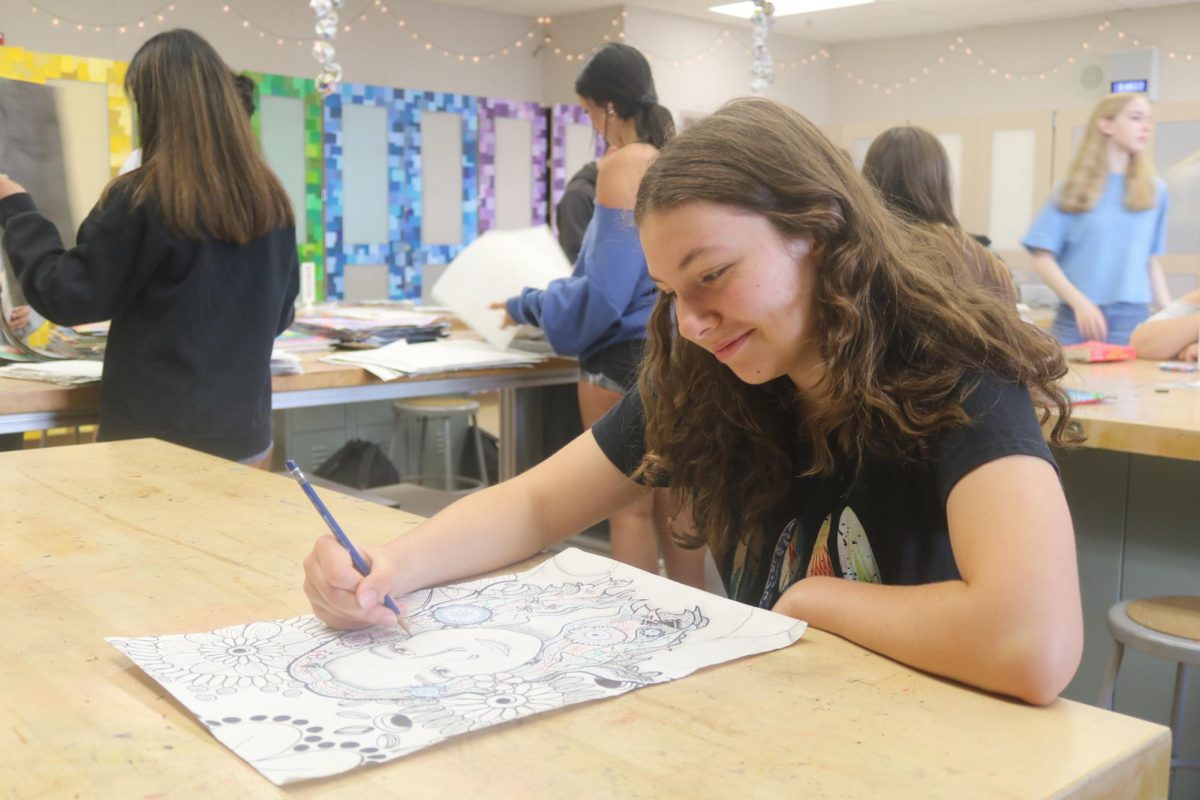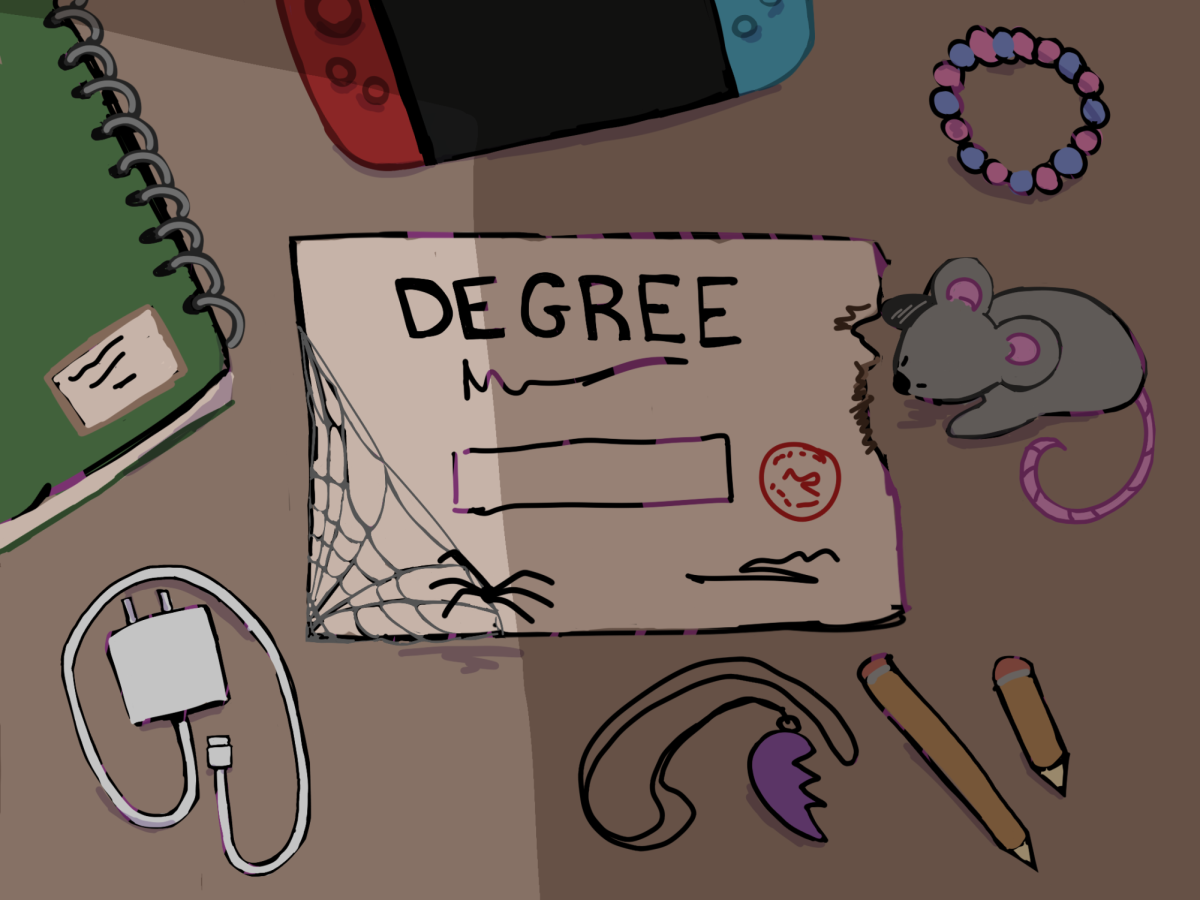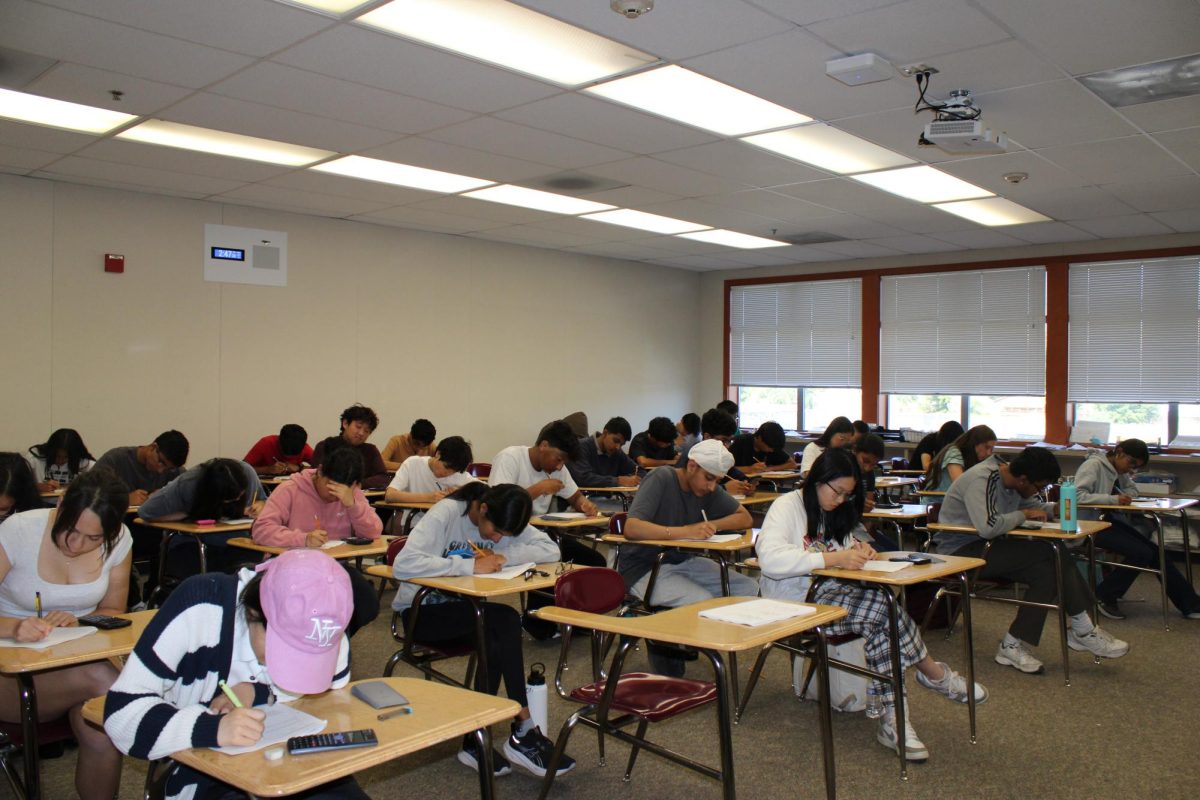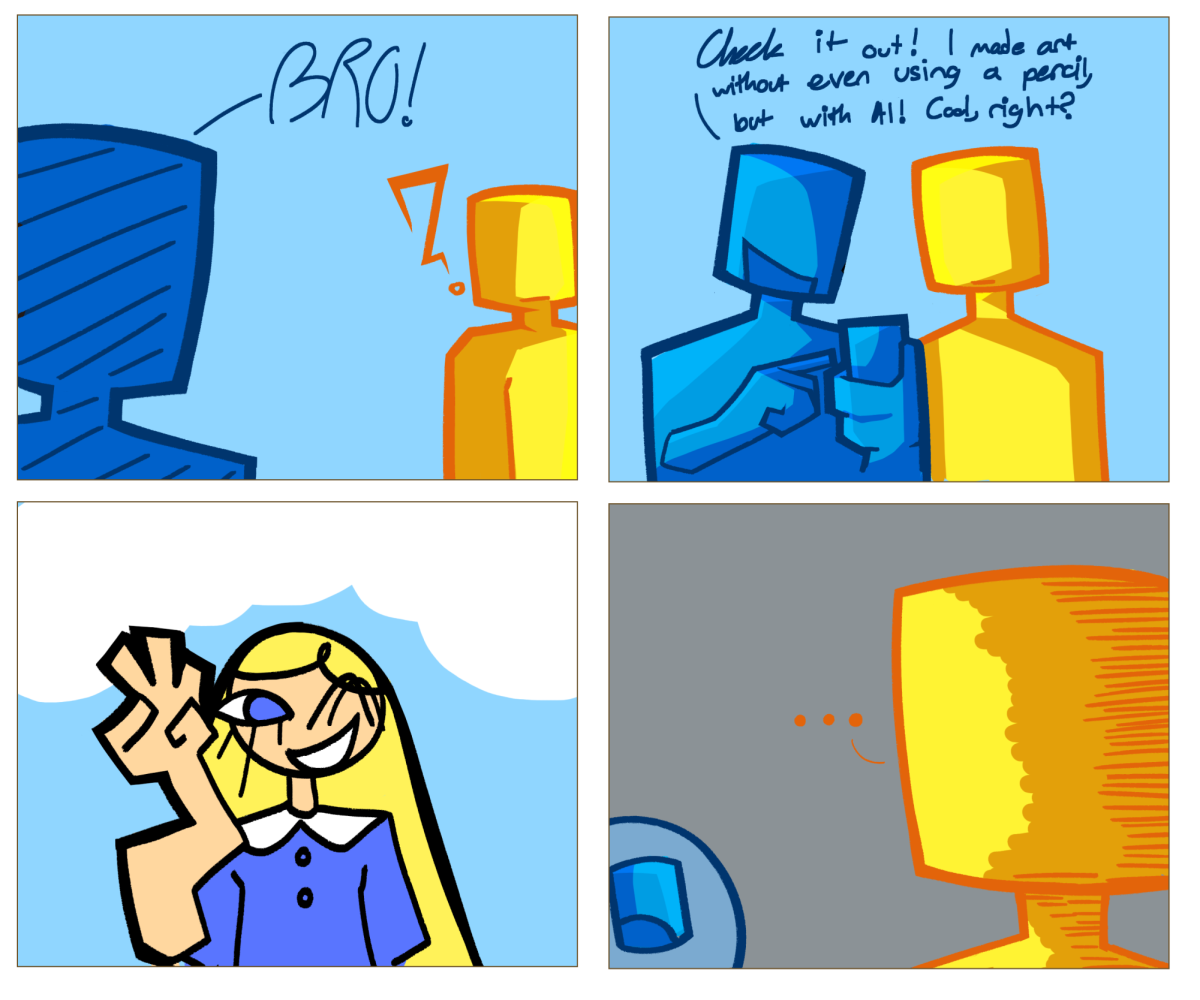In education, there is always a debate about which classes should be mandatory and which classes should be left up to student choice.
Students should be allowed to choose whether they take a fine arts class during their four years of high school. These classes should not be forced into students’ schedules.
Despite arguments that exposure to the arts is essential for a well-rounded education, requiring students to take one year of fine arts in order to graduate is not a reasonable solution.
Instead, high schools should offer a wider range of elective options and emphasize vocational training programs for students.
We must acknowledge the diversity within the arts. Fine art classes encompass a wide range of subjects, including painting, sculpting, ceramics, digital design, darkroom photography, and fashion design.
Advocates for mandatory fine arts classes often argue that these classes inspire creativity and self expression.
Similar to forcing students to take classes they don’t want to take, forcing students to participate in fine arts could dampen their enthusiasm for learning and hinder their academic motivation.
Plus, fostering creativity and critical thinking skills in students is not exclusive to fine arts classes.
Creativity can be nurtured in various ways, whether through writing, problem solving and STEM subjects. Even participating in extracurricular activities such as speech and debate or robotics can help foster students’ creativity.
Many high school students already face significant academic pressures. Those enrolled in Advanced Placement and honors classes often have rigorous schedules that demand extensive time and effort. The addition of mandatory fine arts classes could lead to more stress and burnout.
The skills learned in art classes have a very minimal impact on the majority of students after graduating high school, while vocational training programs offer hands-on experience in trades such as carpentry, plumbing, and electrical work that can teach skills that directly benefit students straight out of high school.
Students in vocational programs are more likely to graduate and earn a stable wage than their peers who did not participate in such programs.
According to the National Center for Education Statistics, 67 percent of students who complete a sequence of vocational courses are employed full time after graduation, compared to 51 percent of students who do not participate.
By allowing students to pursue the arts based on their interests and passions rather than as a compulsory obligation, it will better foster individuality and a genuine appreciation for the arts within the school community.






Miranda Smith • Apr 28, 2025 at 3:52 pm
This article is just sad. Most students thrive in art classrooms. For some of my students, it is the only class they show up to and are ready to learn. As soon as it’s not required Guidance will stop including it in their schedule and art will be like any other elective classes that eventually get weeded out of the system. Fine arts is 100% teaching creativity especially if you have a more TAB style teaching. I would argue it also teaches SEL, Self-confidence, and critical thinking skills. Art is everywhere you take out art in school eventually we will have no artists.
Regina Richardson • Jan 29, 2025 at 12:11 pm
While searching the web to understand why CA does not require a mandatory art class across the state, I found this article. This article thinks it is just another forced course. Students have to take math for two years no matter what, but you cannot see why it should require one year of art. California creative industries support 2.68 million jobs, and $650 billion in income yet you question why your district requires it. It is not required in CA, It just needs to be available. What are we saying when a big job creator and money maker for the state is relegated to taking a course, if you want to, but math you have to? This is a direct reflection on how important “you” think art is, clearly not what is reflected by what happens in this state.